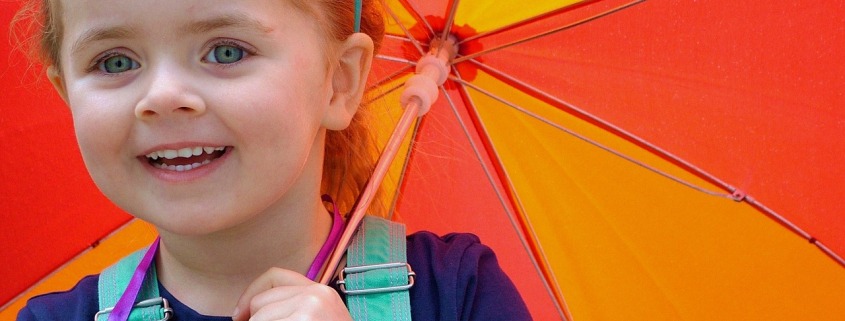Three steps to easy discipline
Many of the biggest dilemmas parents face are about discipline; how to gradually and effectively shape our children’s behaviour both to make everyone’s life easier in the short-term and to ensure, in the long-term, that as an adult they are equipped with the kinds of skills and behaviours that will bring them success, health and happiness. Although discipline gets many parents tied into knots and every parent will certainly face challenging discipline moments, effective and gentle discipline can be summarised in three very simple steps.
- Feed the good stuff. What skills and behaviours do you want to strengthen in your child? Consider your short-term goals but also the kinds of skills and behaviours that you want your child to develop in the long-term; kindness, courage, resourcefulness, determination. What will the very first glimmers of kindness or determination look like? Be vigilant in looking for these small glimmers of the skills and behaviours that you want your child to develop. In fact, give your child the maximum opportunity to show these characteristics; make it easy for your child to be kind and considerate. Then, when you see the glimmers, feed them! Feed the good stuff with attention, praise and with ensuring that the behaviour actually works out for them.
- Don’t feed the bad stuff. What behaviours do you want to ensure are not strengthened in your child? Don’t feed them! When you catch your child about to do something that you don’t want them to be doing then prevent the behaviour from happening at all by diverting your child. If a behaviour that you do not want to strengthen has already happened then manipulate the situation to ensure that this behaviour doesn’t work out for your child. Whatever you do, don’t feed the behaviour with your attention. If possible, simply ignore the behaviour. If you have to respond in some way, perhaps by moving your child on to a different activity or by taking away an object at the centre of the problem, then do so in a calm, matter of fact manner. Explain what you are doing once with as little language as possible and ignore any protests. As soon as possible, give your child the opportunity to demonstrate some of the good stuff again.
- Accept what you cannot change. Good discipline begins by accepting your child for the unique individual that he or she is and by accepting the realities of their present developmental stage. No discipline technique can equip a toddler with the attention span, consideration for others, or independence of a school child. However, with good discipline, your toddler will be that school child in time. No discipline technique can change a naturally boisterous child into a quiet, restrained child or change an emotionally attuned and sensitive child into an easy going, unflappable child. However, with good discipline, the strengths of your child’s unique personality will become more obvious.
Apply it to your life: Do you ever get stuck in challenging moments of discipline? Remember the three steps of easy discipline: Feed the good stuff, don’t feed the bad stuff, and accept what you cannot change.














Leave a Reply
Want to join the discussion?Feel free to contribute!